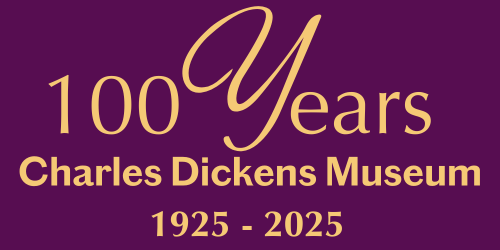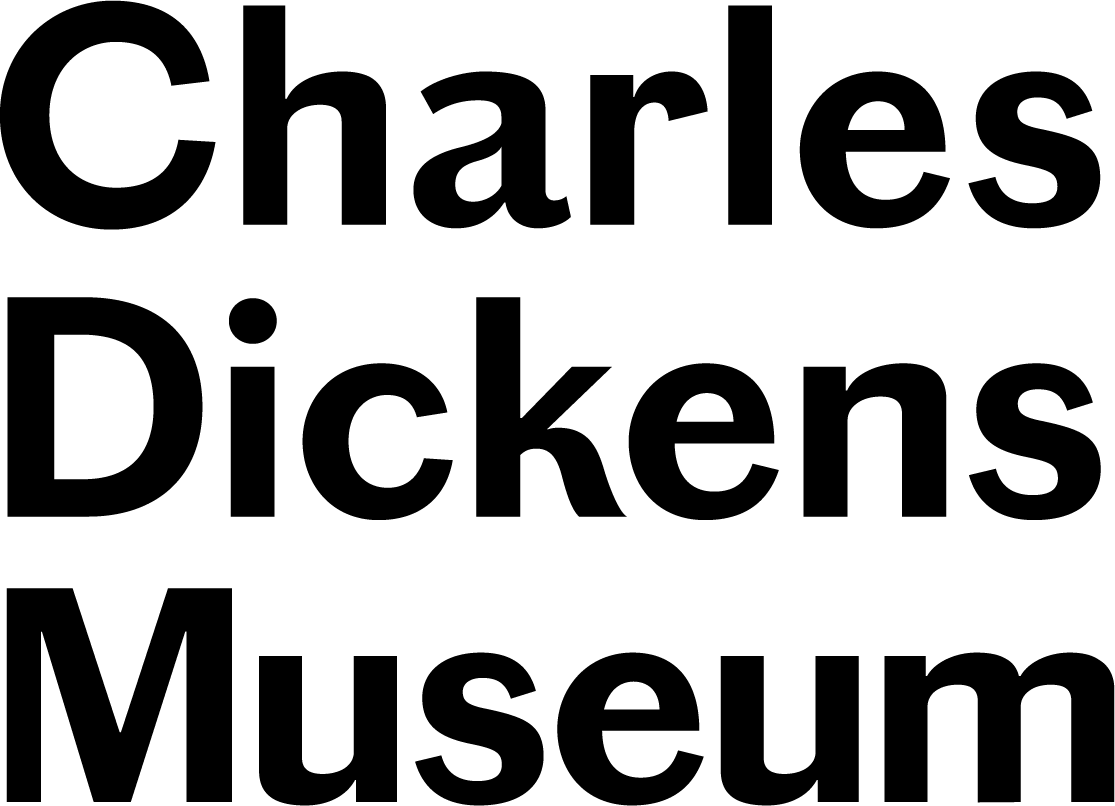Inimitable: Uncovering Charles Dickens

We're delighted to launch our first ever series of 'Inimitable,' the podcast brought to you by the Charles Dickens Museum. For our first series, we wanted to take a closer look at Christmas, and in particular, Dickens's most famous story of all, 'A Christmas Carol.'
Episode One introduces us to this remarkable little book. What was it about the festive season which attracted Dickens, and what sort of impact did this little novella have on his Victorian audiences?

This playbill from February 1844 advertises the very first adaptation of 'A Christmas Carol.' Discussed by Cindy, Frankie and Emma in episode one.
Episode Two, 'Scrooge's London' takes a look at the social context of 'A Christmas Carol.' What was London really like in the 1840s? What help was available to the London poor? What was life like in the Victorian slums? And how did all of this shape Dickens's writing?

This illustration by George Cruikshank depicts Oliver Twist asking the workhouse master for more. The workhouses have become a symbol of the Victorian era, as discussed by Dr Lee Jackson in episode two.
Episode Three looks at how the physical book of 'A Christmas Carol,' came to be made, exploring the carefully crafted process of creating this beautiful, little book. How was it designed? Who drove its creation? And what does all this tell us about Dickens as a writer?

In this trial edition of 'A Christmas Carol,' Dickens has played with the colour scheme, replacing the blue ink with green. This edition was never released, however, and the colouring remained blue. This piece is discussed by Frankie and Emma in episode three.

In this sketch by illustrator John Leech, we see Scrooge depicted in art for the very first time, as he is confronted by the ghost of Jacob Marley.

Scrooge encounters the joyful scene of the Ghost of Christmas Present.
Episode Four takes a closer look at those harrowing figures, Ignorance and Want, two children presented to Scrooge, who are physically altered by their poverty. Were these figures based on real children? Why are they included in an otherwise joyful part of the story? What is Dickens trying to tell his readers through these characters?

Scrooge is shown the children, Ignorance and Want, by the Ghost of Christmas Present. Discussed by Dr Lee Jackson and Dr Cindy Sughrue in Episode Four.
Episode Five 'Striking a Blow,' explores the politics of Charles Dickens. Was Dickens attempting to agitate for political change? What were his perceptions of the political structures of the day? And how political was 'A Christmas Carol?'

There were several attempts to prevent the working classes from drinking alcohol, which Dickens always felt was deeply hypocritical on the part of the wealthy, as discussed by Dr Lee Jackson and Dr Cindy Sughrue in Episode Five.
In our final episode of the season, 'Food, Glorious food,' explores how Dickens used food in his fiction. Why was food so important to him? What do his descriptions tell us about Dickens as a person? And did he really help to make turkey the most popular Christmas meat?

This is a recipe book, written by Charles Dickens's wife, Catherine, under the pen-name 'Lady Maria Clutterbuck.' This book gives us a wonderful insight into how the Dickens family ate, as discussed by Pen Vogler in Episode Six.

